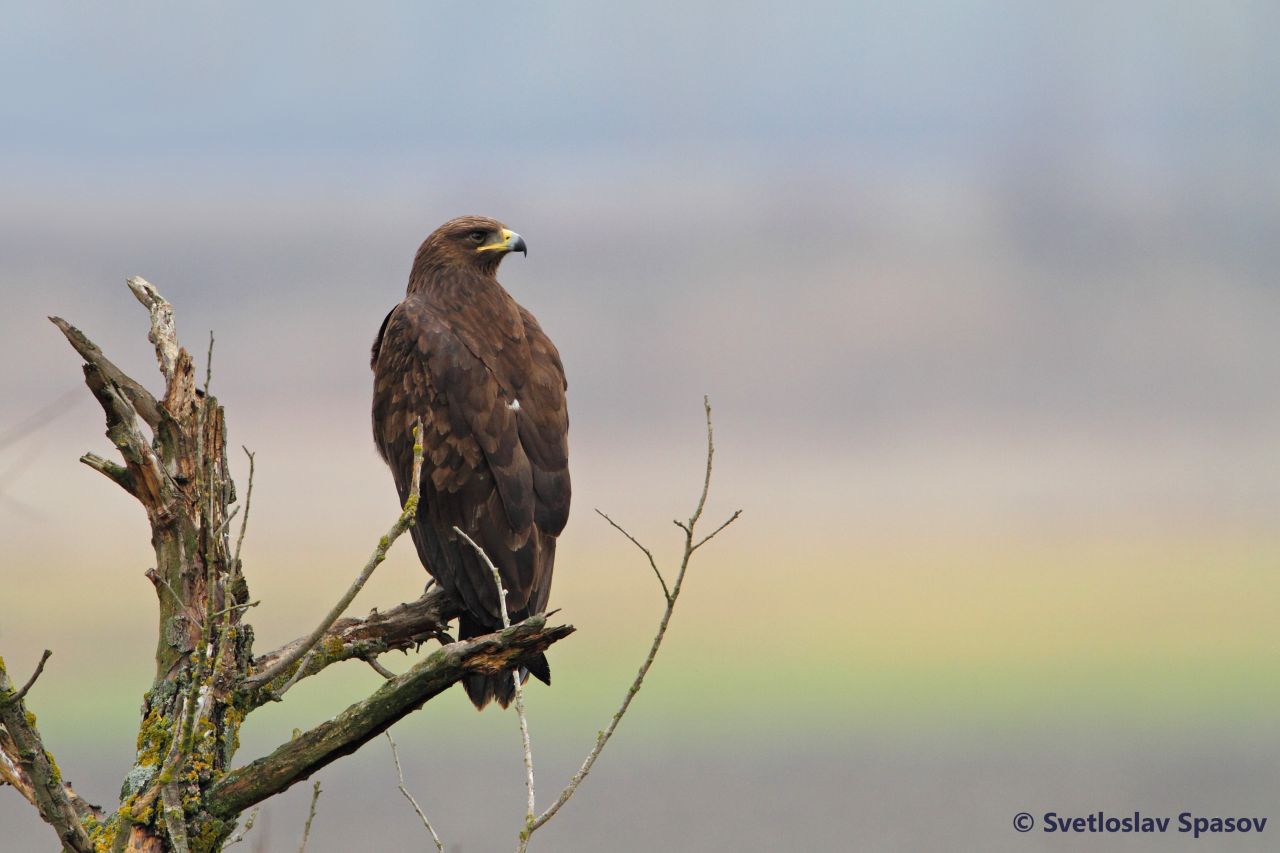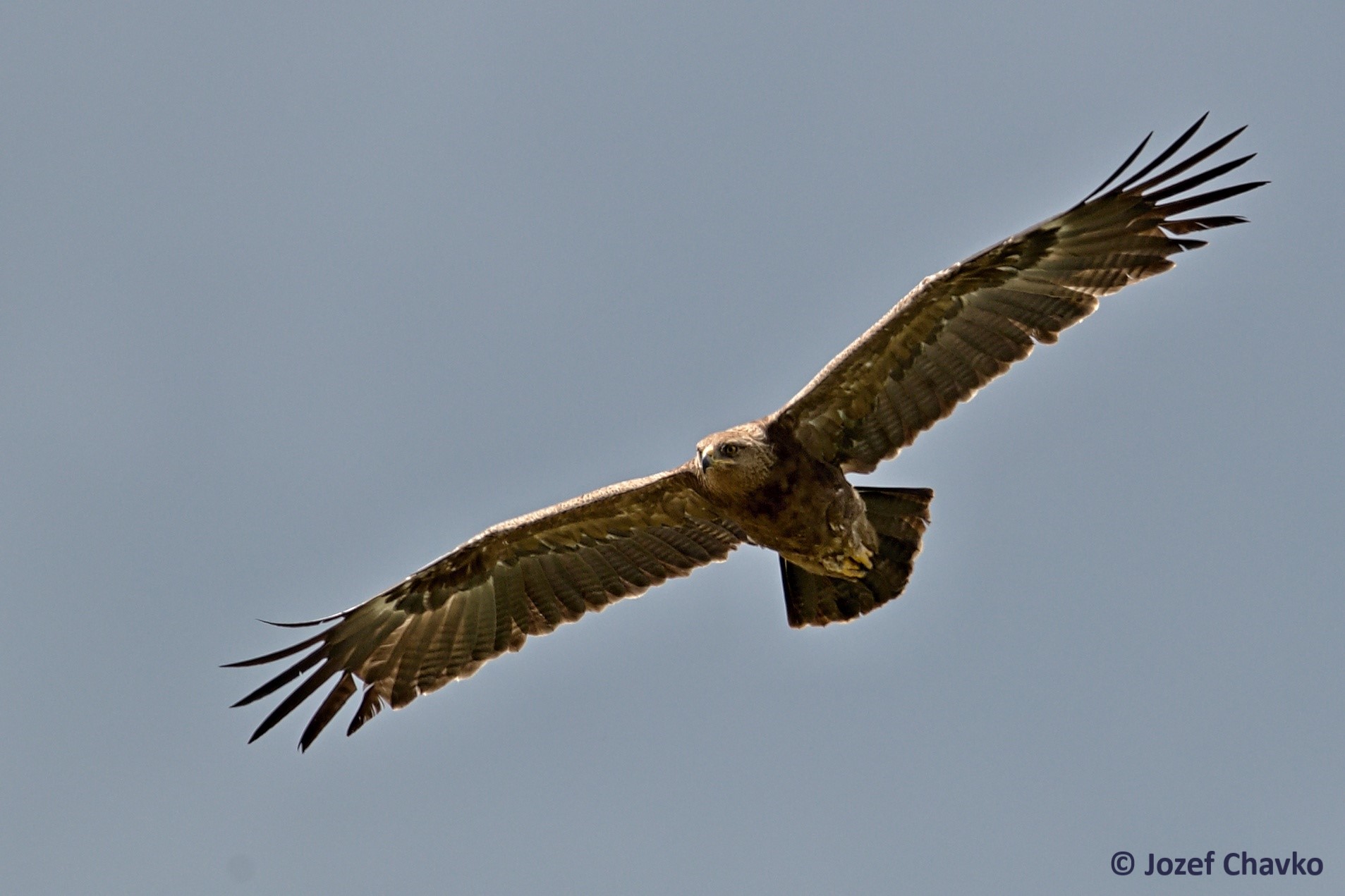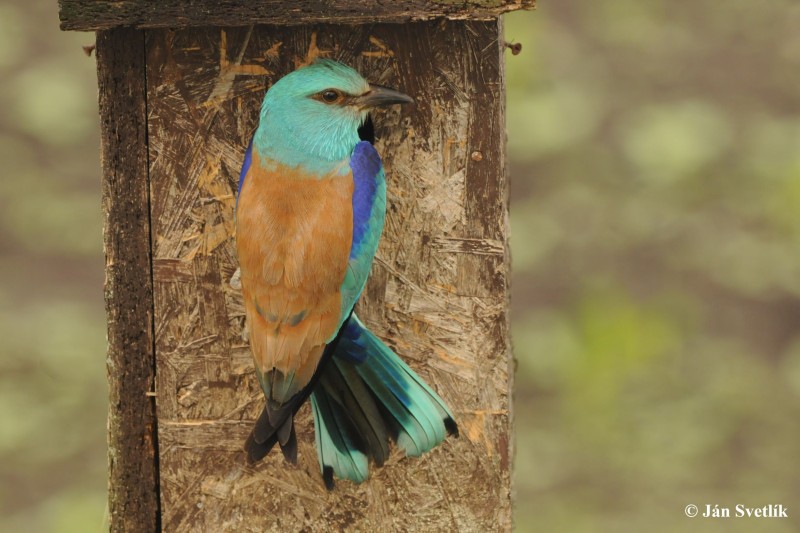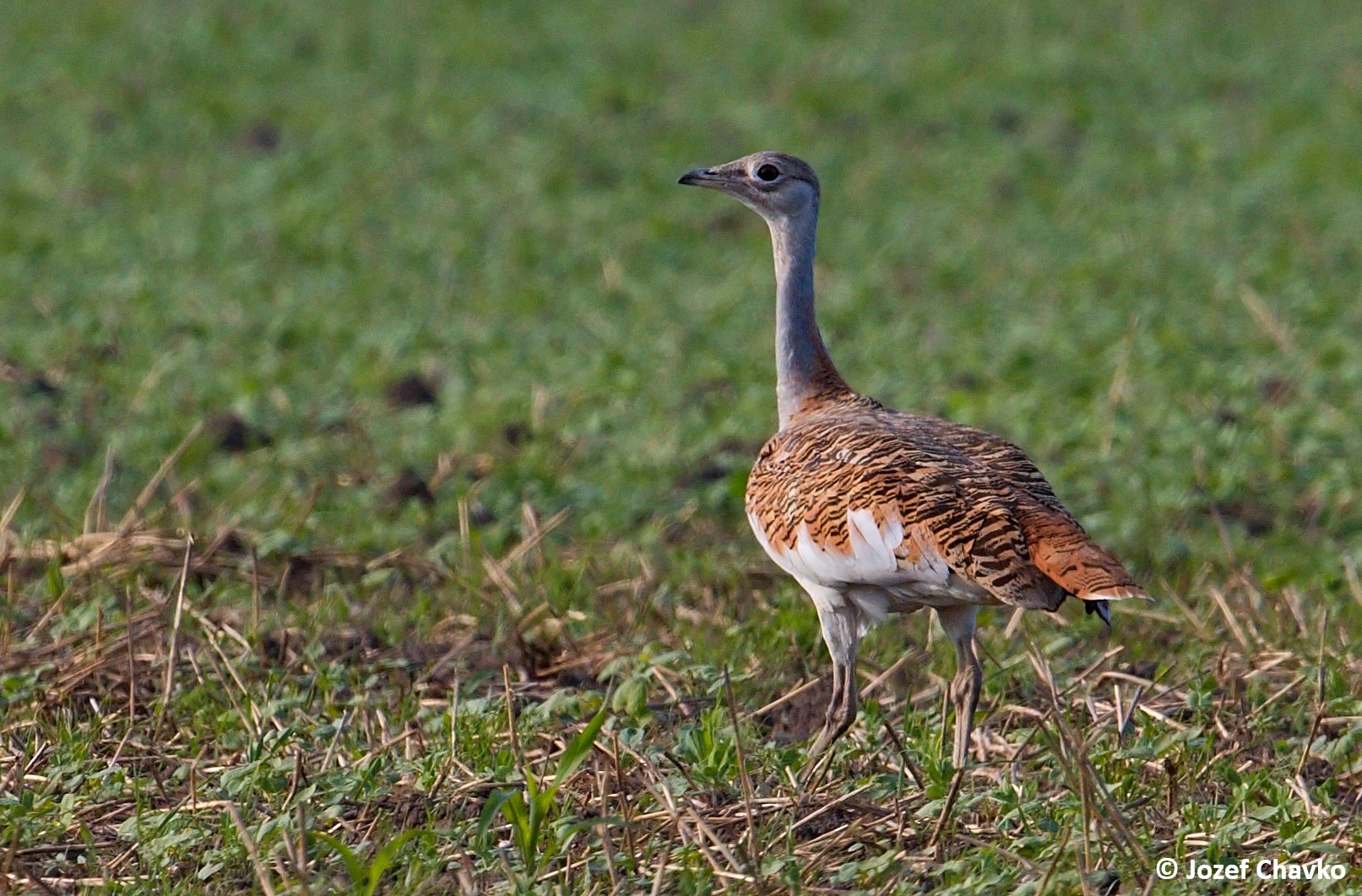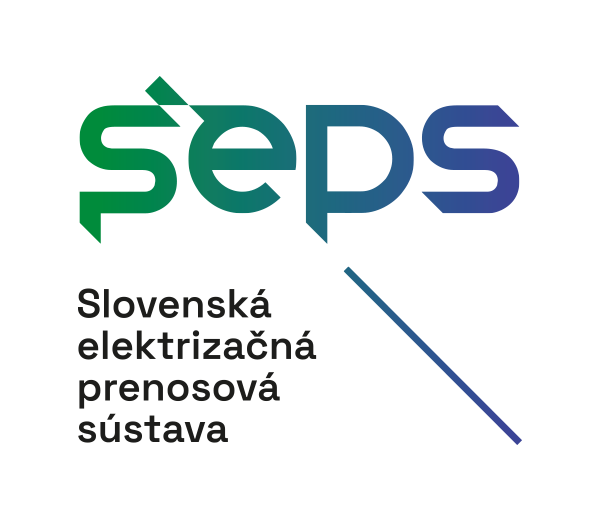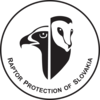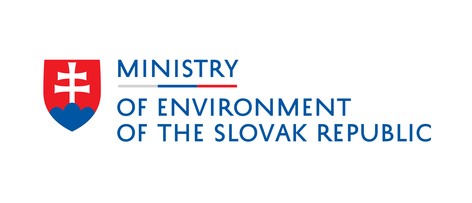We make the power lines along the Danube river safe for birds.
Because a world without birds would be a sad place.

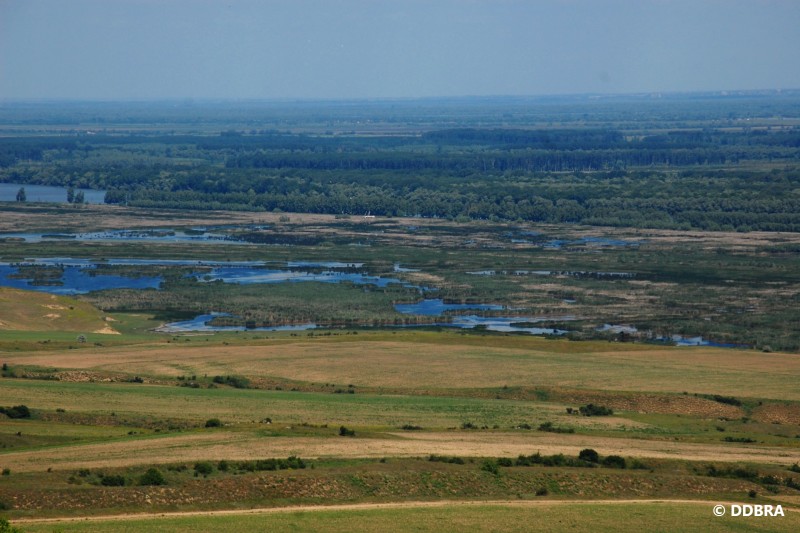




Project overview
Transnational project to prevent thousands of birds from electrocution and collisions with power lines
- Project title: Transnational conservation of birds along Danube river
- Project acronym: LIFE DANUBE FREE SKY
- Project code: LIFE19 NAT/SK/001023
- Project duration: 01/09/2020 – 28/02/2026
In view of the current climate and environmental crises, the need for the protection of the suffering wildlife on our planet has become more crucial than ever. One of the biggest threats for the wild living species of birds is electrocution and collisions with power lines causing thousands of avoidable deaths and injuries. These threats are targeted by the LIFE Danube Free Sky project representing a unique example of wide transnational cooperation along with one of the most important migration corridors, stop-over sites, and wintering places for many bird species in Europe - the Danube river. During the period of over 5 years of project implementation, 15 partners from 7 countries will develop strong collaboration and implement the most effective solutions in order to prevent existential threats to birds. After this period, the visibility of more than 245 km of top priority power lines will be increased. Also, more than 3200 of the most dangerous poles within the project area will be adjusted to ensure birds´ safety.
Bird mortality caused by interaction with power lines and other electric-utility structures has been documented for over 380 species of birds, including critically endangered and threatened ones. Around 2074 km of 8 types of above-ground power lines dangerous for birds can be found within the LIFE Danube Free Sky project area. The impact of this range of power lines represents a serious and considerable threat to wintering and breeding/reproducing population of 12 target species. By the installation of bird flight diverters and insulation of dangerous poles in 23 Special Protection Areas and 9 Important Bird Areas, the project will prevent about 2000 individuals of target species (and many more of other species) from being killed or injured after collision with wires and/or due to electrocution EVERY YEAR.
Preventing birds from collisions and electrocution is important to compensate for other threats that the endangered species need to face. The restoration of water habitats along the Danube river was carried out under many other LIFE projects so far. As a result, the birds are more attracted to the restored sites, including the target species. Therefore, it is necessary to prevent them from being killed on power lines in such areas.
The LIFE Danube Free Sky project represents an example of wide transnational cooperation. Strong collaboration is presented of beneficiaries from 7 countries (Austria, Slovakia, Hungary, Croatia, Serbia, Bulgaria, Romania) and one non-beneficiary country (Germany) including the private commercial sector (8 electric companies and 1 railway company), nature conservation authorities, municipality, and private non-commercial entities. The project presents a solution to one of the biggest threats for the wild living species of birds nowadays – interaction with the power lines.
 The LIFE Danube Free Sky – Transnational conservation of birds along the Danube river (LIFE19 NAT/SK/001023) project has received funding from the LIFE Programme of the European Union.
The LIFE Danube Free Sky – Transnational conservation of birds along the Danube river (LIFE19 NAT/SK/001023) project has received funding from the LIFE Programme of the European Union.
LIFE Danube Free Sky - Kick-off video
Project area
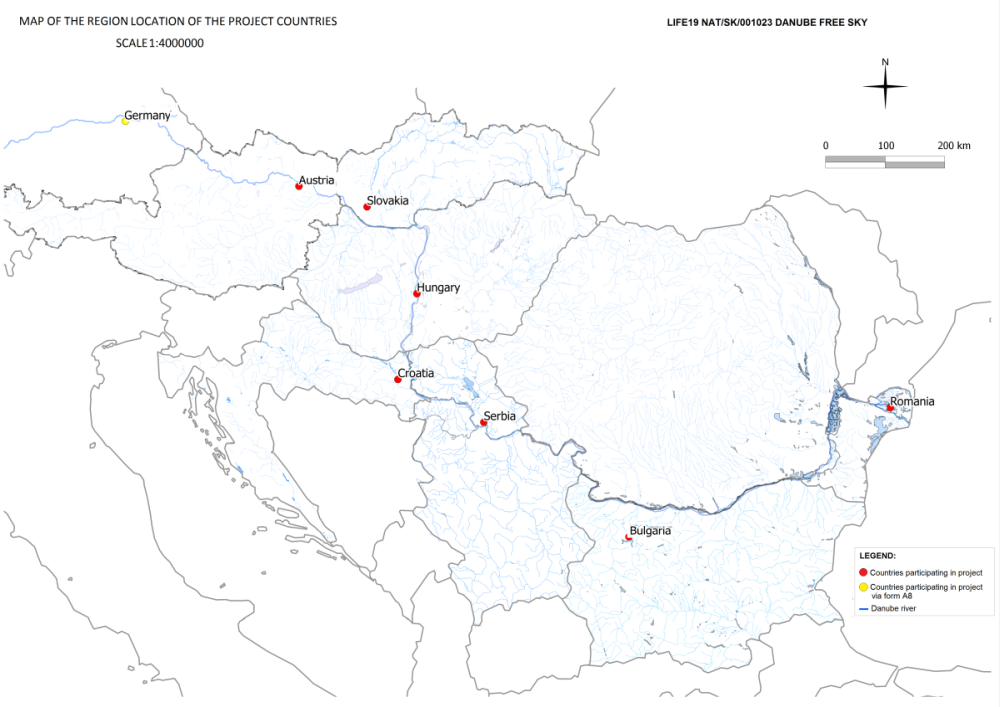
The project area consists of 23 Special Protection Areas (SPAs) and 9 Important Bird Areas (IBAs):
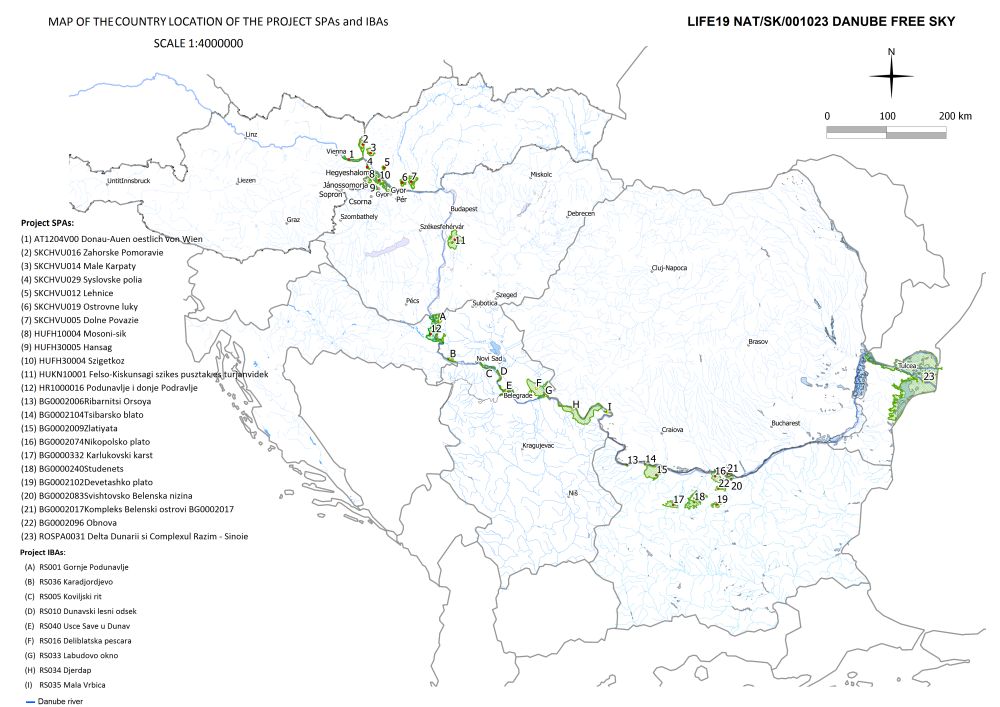
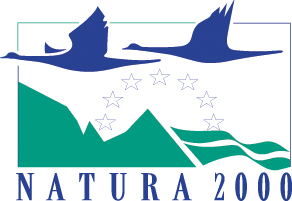
SPAs are part of NATURA 2000 – the largest coordinated network of protected areas in the world, consisting of over 18% of the EU´s land area and more than 8% of its marine territory.
IBAs are places of international significance for the conservation of birds and another biodiversity, while the main purpose of the IBA Programme of BirdLife International is to secure the long-term conservation of locations that are significant for birds and biodiversity.
With its riparian zones and riverine habitats, the Danube forms ecological networks and often build the backbone for bio-corridors. In addition, the corridor and its adjacent areas attract hundreds of bird species. Every year millions of birds follow the Danube on their spring and autumn odyssey to and from distant migrating sites. Only the Lower Danube and Danube Delta host some 360 species of birds, including the rare Dalmatian Pelican, as well as 90% of the world population of Red-breasted Geese. Many of these species have undergone a dramatic decline in recent decades. Due to electrocution and/or collision, EACH YEAR this range kills 20% of the reproducing population of the Imperial Eagle, the Saker Falcon, and the Dalmatian Pelican.
Objectives
To contribute to the aim of the EU Biodiversity Strategy to halt the loss of biodiversity and ecosystem services along the Danube river
To reduce and prevent direct and indirect bird mortality caused by electrocution and collisions with the power lines within 23 project SPAs and 9 IBAs
To increase the population of the 12 target species
To establish safer migration routes and habitats along the Danube river
To start/strengthen the cooperation between the key stakeholders and increase the efficiency of adopted measures on a transnational level
Project Actions and Results
The majority of project actions and investments are aimed to increase the survival rate of target bird species that are at present killed on their migration, roosting, breeding, or foraging habitats. The site-related actions will be carried out in the most valuable habitats.
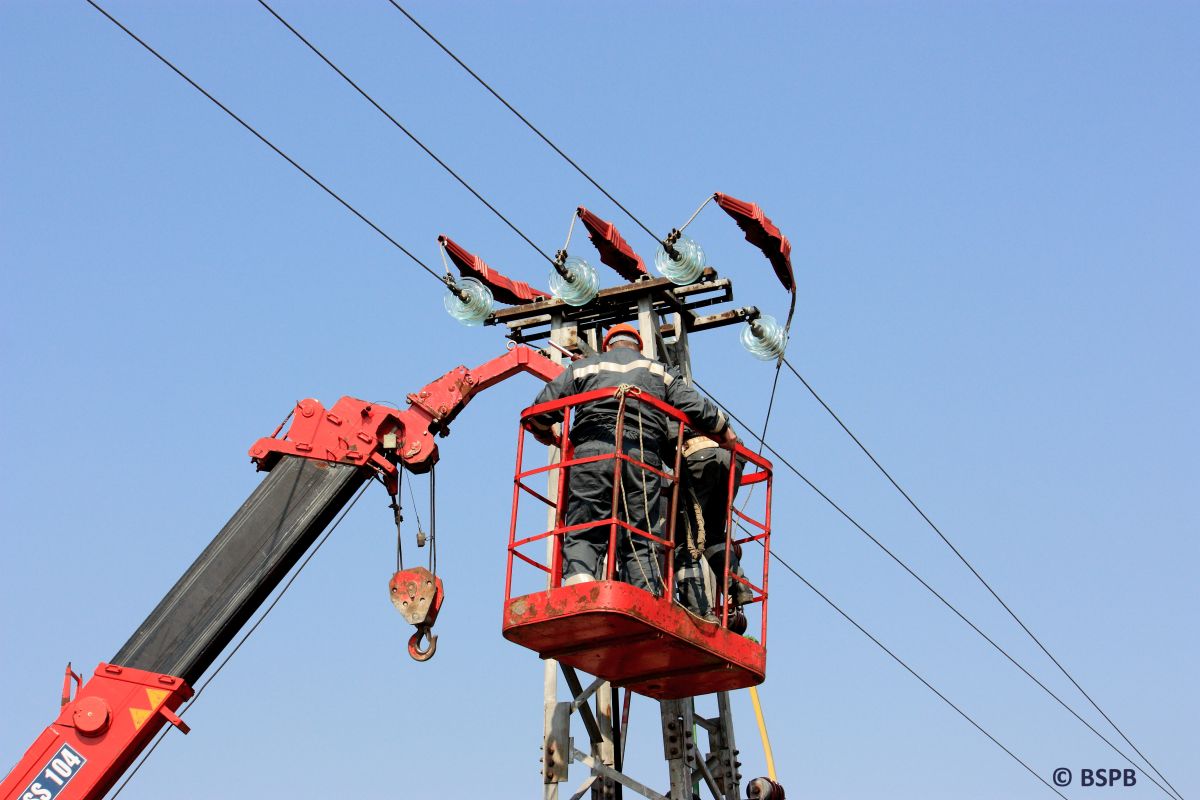 Birds´ collisions with power lines often happen because the birds are unable to detect the lines in their flying direction in time. Bird casualties due to collision with aboveground power lines can happen on distribution or transmission electricity grids. Frequently they can be observed especially in open areas where the power line crosses feeding, foraging, and nesting habitats used by birds. At greatest risk are the large, heavy bird species with low maneuverability, i.e. those with high wing loading and low aspect, such as bustards, pelicans, waterfowl, cranes, storks, and grouse.
Birds´ collisions with power lines often happen because the birds are unable to detect the lines in their flying direction in time. Bird casualties due to collision with aboveground power lines can happen on distribution or transmission electricity grids. Frequently they can be observed especially in open areas where the power line crosses feeding, foraging, and nesting habitats used by birds. At greatest risk are the large, heavy bird species with low maneuverability, i.e. those with high wing loading and low aspect, such as bustards, pelicans, waterfowl, cranes, storks, and grouse.
The risk of collisions is higher at night, during dusk and dawn, and under weather conditions that cause poor visibility (fog, rain, strong wind,..). Such clashes at high speed have fatal consequences for birds.
A coordinated field survey of the potentially dangerous above-grounded power lines at the beginning of the project is essential in order to determine the most dangerous sections on which the flight diverters will be installed.
Achieved results:
Within the first months of the project, more than 80 field assistants in all project countries were trained on how to conduct recognition and baseline field surveys. A recognition survey was held from January to April 2021 with the main aim of recognizing the most dangerous sections of power lines within the monitored project area. More than 1380 km of different voltages and construction power lines were searched during the recognition survey in all project countries. Based on the results, the surveyed power lines were divided into 3 categories: potentially dangerous, to be verified, and not dangerous. An Internation GIS online database has been designed in January 2022, containing all data from field surveys (read more HERE). The monitoring scheme was updated with the results to ensure the proper implementation of the baseline survey, under which the first two categories of power lines were being monitored regularly until April 2022. Read more about the baseline survey: HERE or HERE. As a result, 34 mitigation plans - a conflict map of the riskiest power lines in priority areas were prepared, specifying the selected power lines for the installation of the bird flight diverters. Around 245 km of top-priority lines will be treated with mitigation measures to increase their visibility by electric companies until the end of the project. So far, the flight diverters have been installed in these countries:
In Slovakia, our project partner SEPS already marked 30 km of transmission power lines 400 kV. The latest types of RIBE flight diverters (black and white lamellas) with glow-in-the-dark illumination have been installed on the shield wires. A special crane with a basket was used for the installation; all works were carried out on switched-off lines (read more HERE).
In Hungary, 7.7 km of 220 kV and 12 km of 400 kV transmission lines were highlighted so far with the flight diverters thanks to the strong effort of our project partner MAVIR. Four different types of diverters were used during the installations that were carried out with the help of the basket crane and drone (read more HERE).
In Croatia, 15 km of distribution power lines have been marked with the flight diverters by HEP in the period between December 2022 and March 2023 (read more HERE). The works on 10 kV and 110 kV lines will follow in 2024.
In Bulgaria, 5.8 km of distribution power lines have been marked by the EDG West.
In Austria, the Austrian Federal Railway company OEBB planned to insulate the railway electric poles under the project. However, it was found out that 12 males of Great Bustard (Otis tarda) were detected killed after the collision with a catenary system of the railway line. OEBB marked the lines with diverters immediately from its own sources concerning the extreme severity of the case.













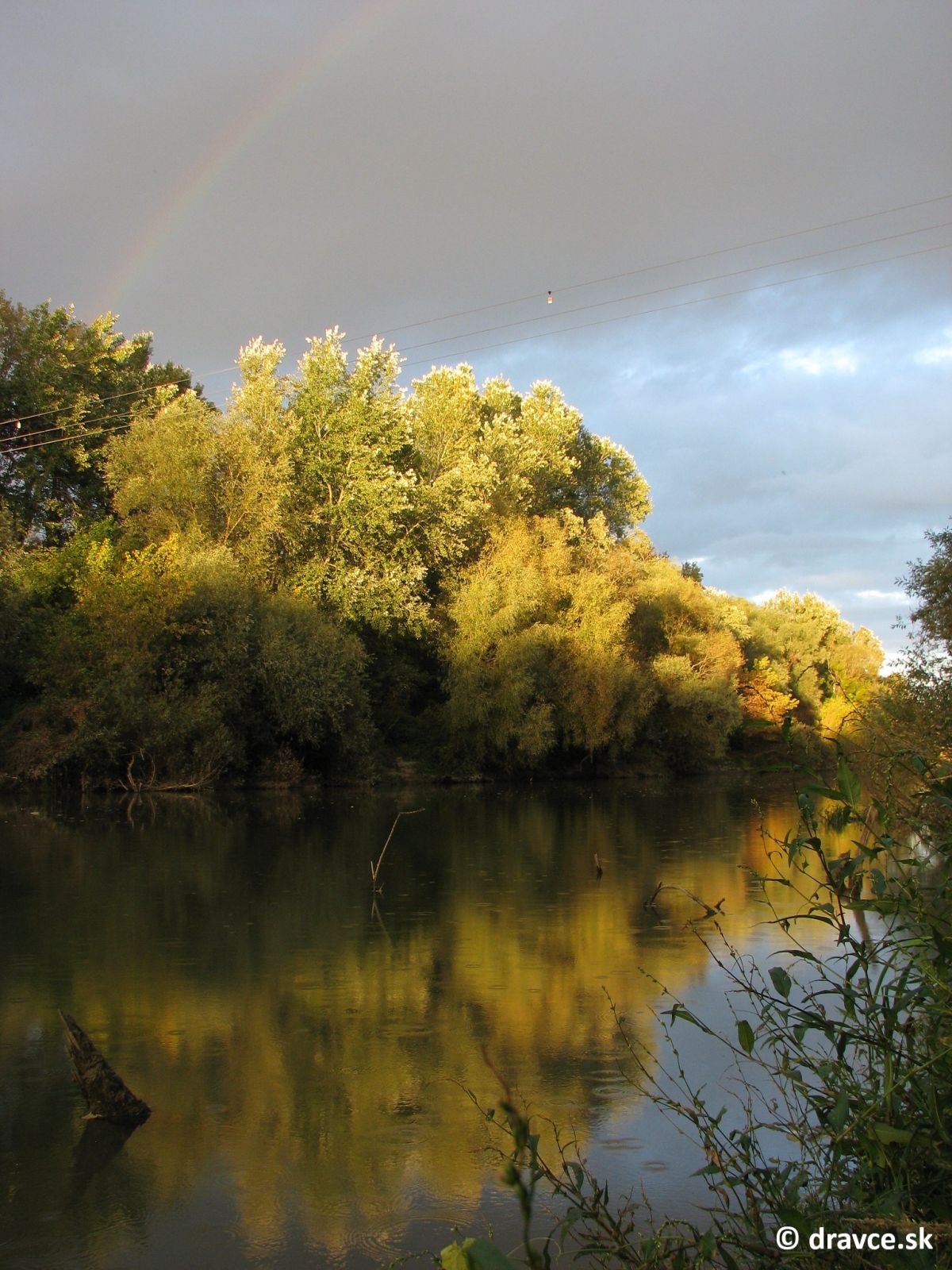
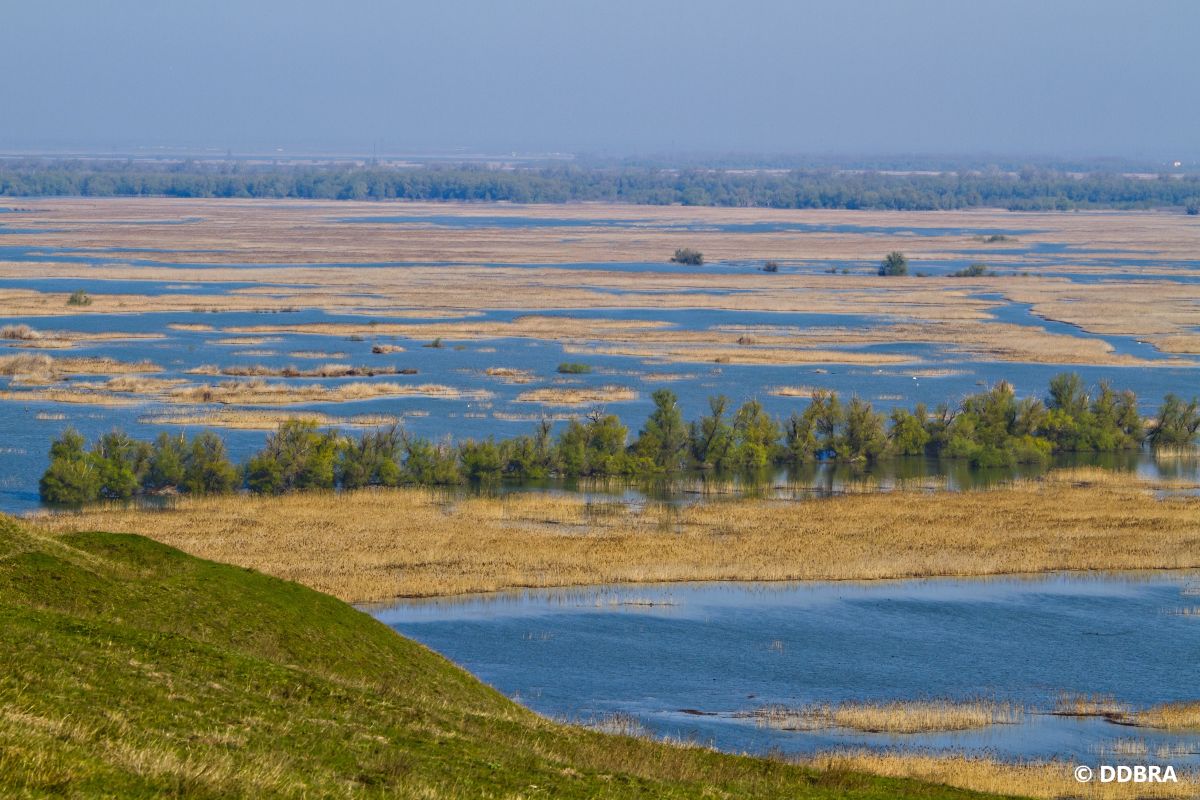

 The birds are in danger of electrocution mostly while they land on the utility poles and simultaneously come into the contact with a wire or when they touch the two conductors (wires) at once. The highest risk is associated primarily with medium voltage power lines representing very attractive perches to many birds in open rural areas without tree growth. The group most threatened with electrocution is defined as the diurnal bird species, specifically eagles, hawks, vultures, kites, falcons, owls, storks and corvids. The highest mortality rate due to electrocution is registered mainly for medium-sized and large birds as they are more likely to make simultaneous contacts with unprotected elements of the pole construction.
The birds are in danger of electrocution mostly while they land on the utility poles and simultaneously come into the contact with a wire or when they touch the two conductors (wires) at once. The highest risk is associated primarily with medium voltage power lines representing very attractive perches to many birds in open rural areas without tree growth. The group most threatened with electrocution is defined as the diurnal bird species, specifically eagles, hawks, vultures, kites, falcons, owls, storks and corvids. The highest mortality rate due to electrocution is registered mainly for medium-sized and large birds as they are more likely to make simultaneous contacts with unprotected elements of the pole construction. Photo traps, video cameras, and nocturnal vision systems will be used to increase the detection efficiency and identify the scavenging rate. By this, the detection efficiency will be improved as well as the magnitude of bird mortality. Technical project guidelines (international monitoring scheme) to implement project actions will be prepared and adopted by all project partners during the project. Slovakia, Serbia, Romania, and Croatia will test around 400 cadavers found altogether for the presence of lead, a metal detector will be used to detect bullets. By this, we will be able to detect the influence of selected illegal activities on the behaviour of birds and mortality rates on power lines.
Photo traps, video cameras, and nocturnal vision systems will be used to increase the detection efficiency and identify the scavenging rate. By this, the detection efficiency will be improved as well as the magnitude of bird mortality. Technical project guidelines (international monitoring scheme) to implement project actions will be prepared and adopted by all project partners during the project. Slovakia, Serbia, Romania, and Croatia will test around 400 cadavers found altogether for the presence of lead, a metal detector will be used to detect bullets. By this, we will be able to detect the influence of selected illegal activities on the behaviour of birds and mortality rates on power lines.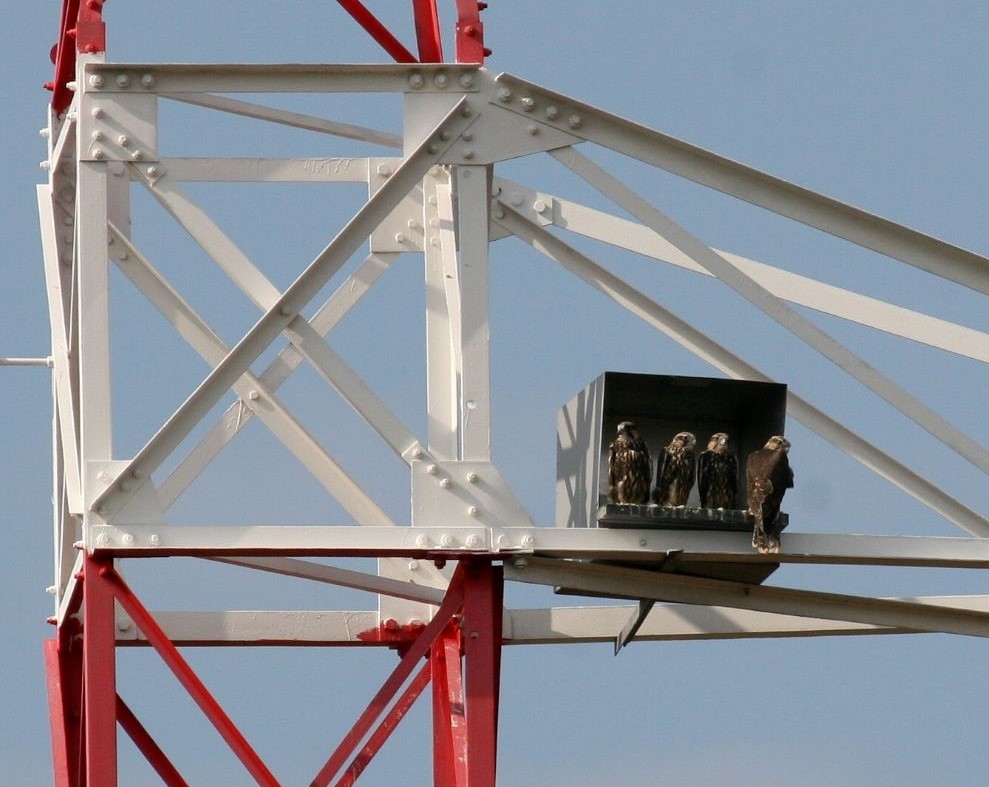 In areas within the project territory with low or no risk of collisions/electrocution, actions to create safe breeding opportunities and foraging habitats are being carried out in Serbia, Romania, Bulgaria, and Slovakia. Such measures will be focused on the most endangered among the target species, to attract the birds into safe zones and thus decrease the overall mortality of individuals/increase the population. By this, the overall goal of the project will be supported.
In areas within the project territory with low or no risk of collisions/electrocution, actions to create safe breeding opportunities and foraging habitats are being carried out in Serbia, Romania, Bulgaria, and Slovakia. Such measures will be focused on the most endangered among the target species, to attract the birds into safe zones and thus decrease the overall mortality of individuals/increase the population. By this, the overall goal of the project will be supported. 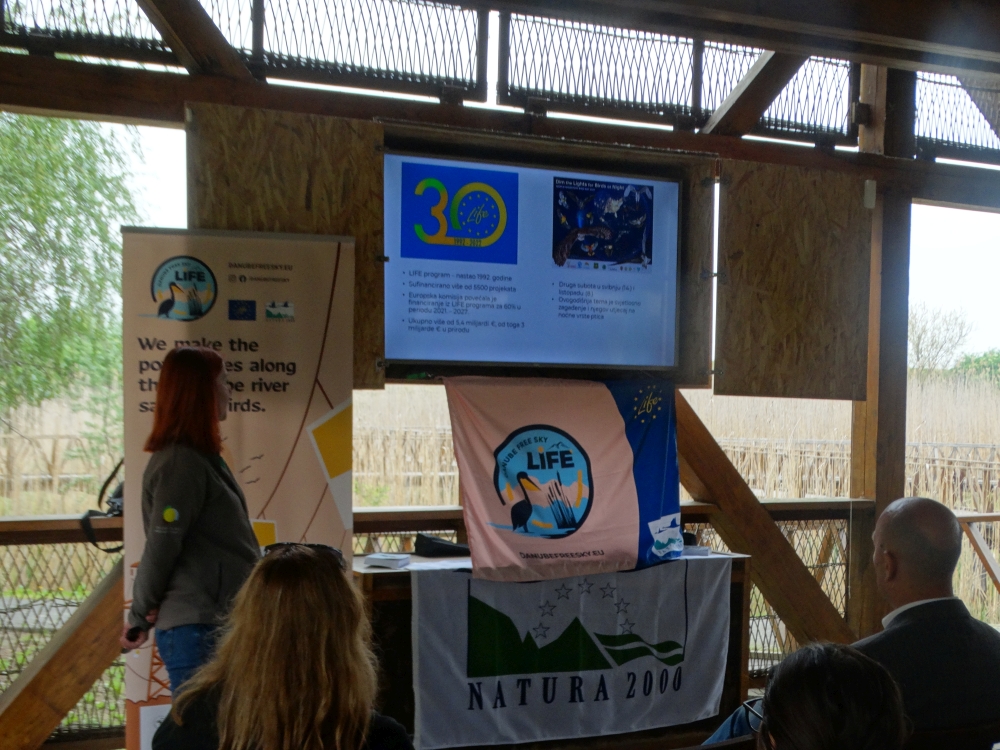 One of the aims of our project is to inform the target groups as well as the general public about project actions and activities. Public awareness activities aimed at publicizing the project as well as the importance of the Natura 2000 network are being held regularly both for the general public and stakeholders. Networking and the transfer of the methods/techniques/solutions applied in the project to other regions, countries, organizations, and experts will be ensured.
One of the aims of our project is to inform the target groups as well as the general public about project actions and activities. Public awareness activities aimed at publicizing the project as well as the importance of the Natura 2000 network are being held regularly both for the general public and stakeholders. Networking and the transfer of the methods/techniques/solutions applied in the project to other regions, countries, organizations, and experts will be ensured.



